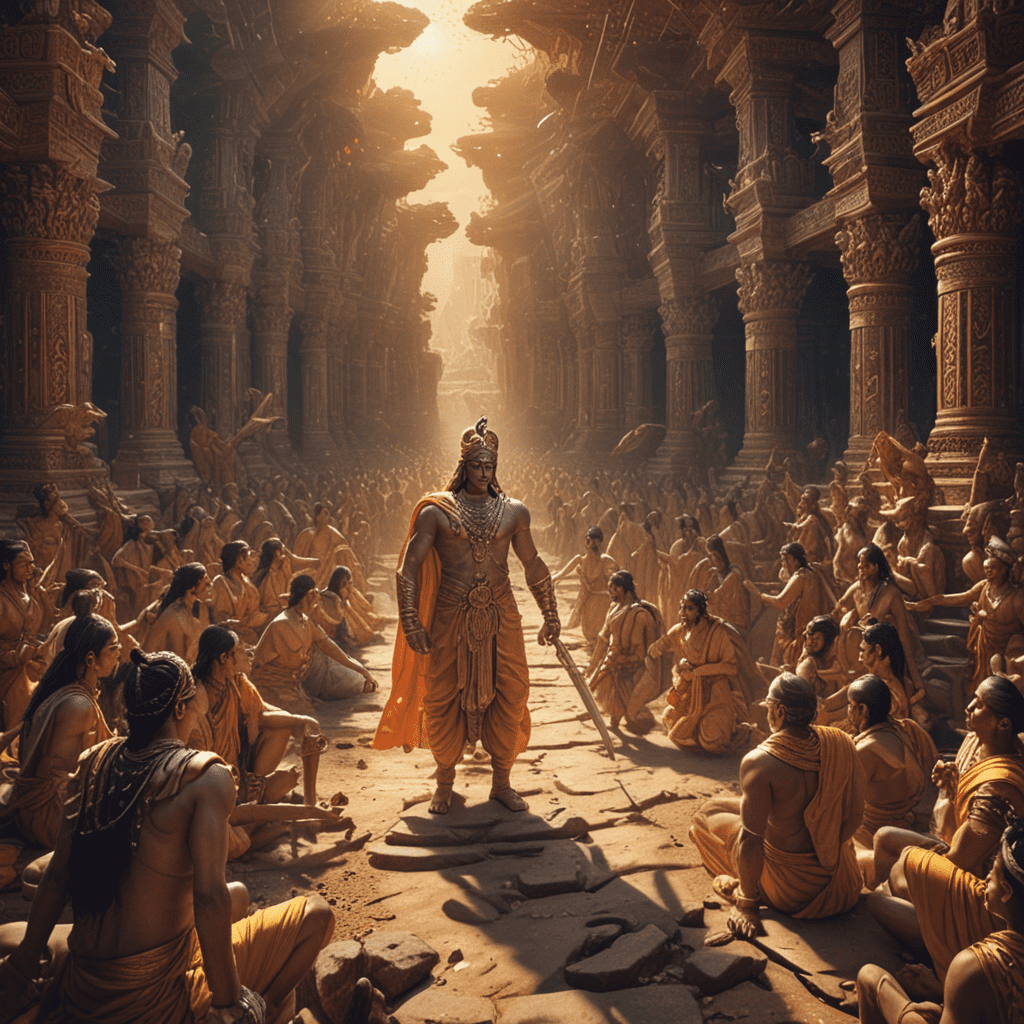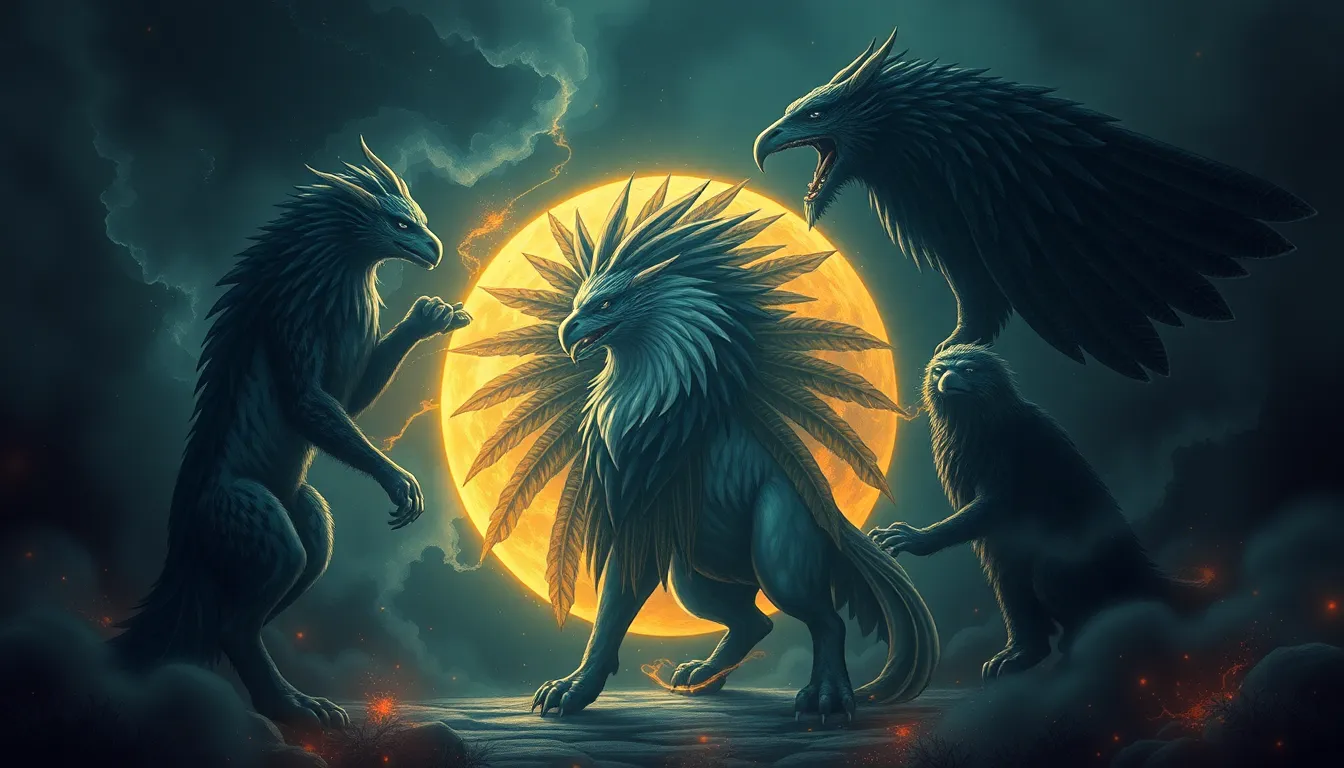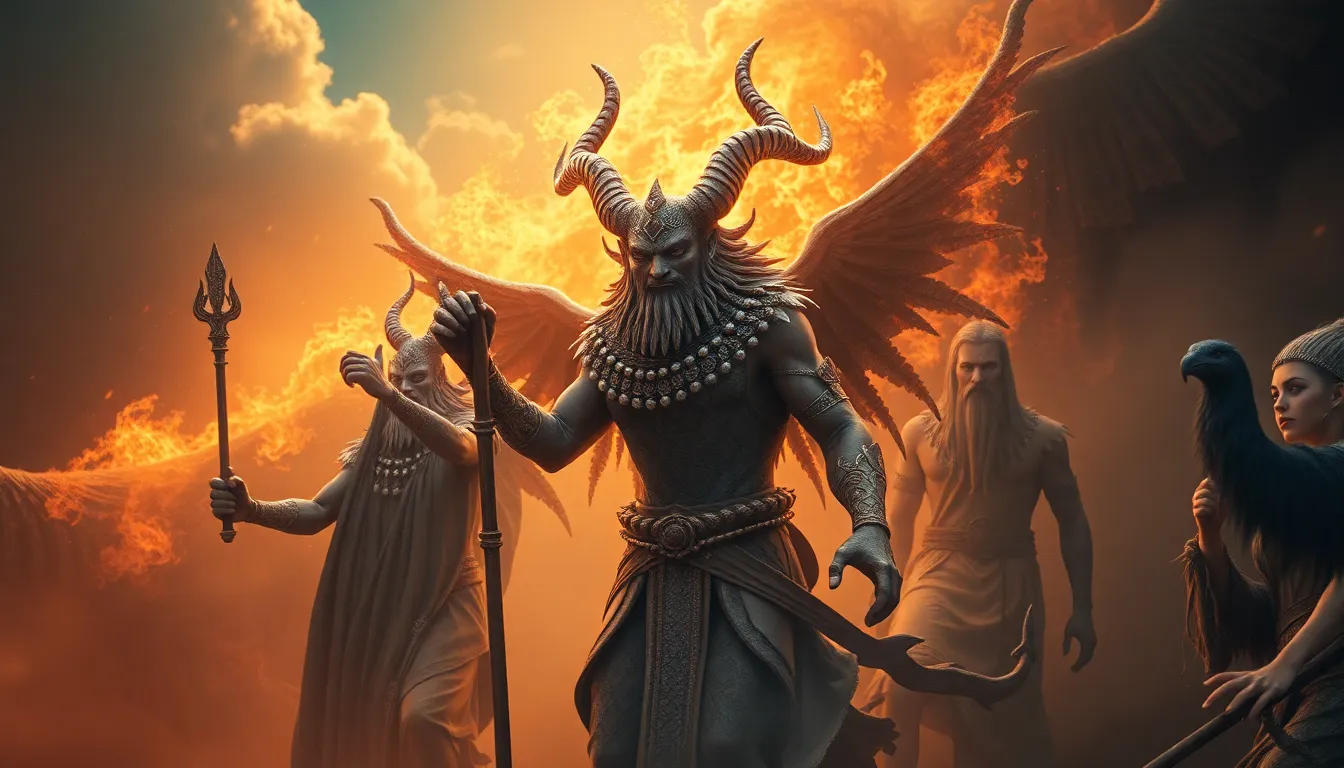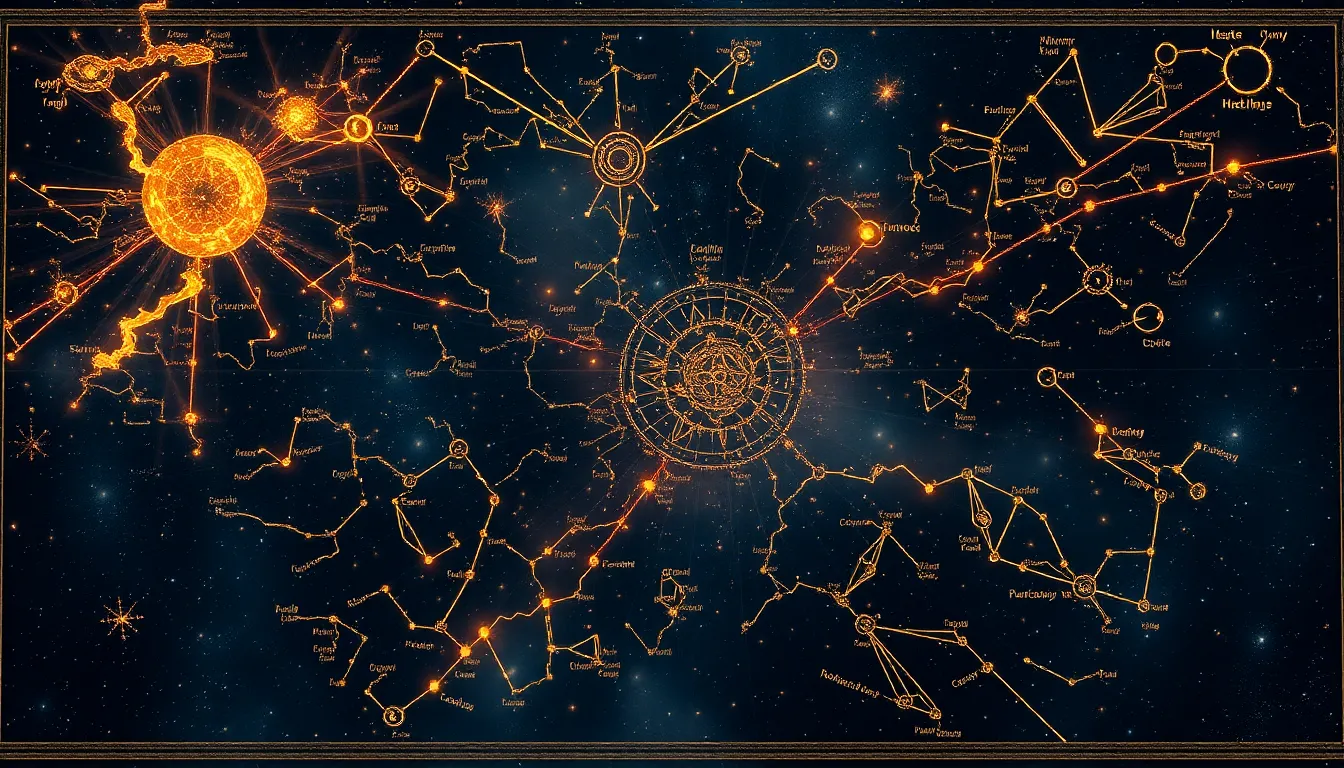1. Origins and Authorship
The Mahabharata, an ancient Indian epic, stands as one of the most prominent literary works in world history. Its origins are shrouded in mystery, with no definitive consensus among scholars. The epic is traditionally attributed to the sage Vyasa, who is believed to have compiled the work from various sources. Some researchers posit that the Mahabharata evolved over centuries, with numerous authors contributing to its final form.
2. Historical and Literary Context
The Mahabharata is set in ancient India, during the Vedic period. It narrates the conflict between the Pandavas and the Kauravas, two branches of the Kuru dynasty. The epic reflects the social, political, and religious landscape of its time, providing valuable insights into the values and beliefs of ancient Indian society. It also incorporates elements of mythology, legend, and folklore, making it a rich tapestry of literary traditions.
3. Key Characters and Their Symbolism
The Mahabharata features a vast array of characters, each with their unique symbolism and significance. The Pandavas, led by Yudhishthira, represent the forces of good and righteousness. The Kauravas, headed by Duryodhana, embody evil and injustice. Other prominent characters include Krishna, the divine incarnation who serves as a guide and mentor to the Pandavas, and Arjuna, the skilled archer who faces a profound moral dilemma on the battlefield.
4. The Pandavas and the Kauravas: A Battle of Dharma and Adharma
The central conflict of the Mahabharata revolves around the struggle between the Pandavas and the Kauravas. The Pandavas represent dharma, the path of righteousness and moral duty. The Kauravas, on the other hand, embody adharma, the absence of morality and the pursuit of selfish desires. The epic explores the consequences of these opposing forces and the ultimate triumph of good over evil.
5. The Bhagavad Gita: A Philosophical Discourse on Life and Duty
Embedded within the Mahabharata is the Bhagavad Gita, one of the most influential philosophical texts in Hindu tradition. It presents a dialogue between Krishna and Arjuna, where Krishna imparts profound wisdom on themes of life, death, duty, and spirituality. The Gita offers a timeless exploration of the human condition and the search for meaning and purpose in the face of adversity.
6. The Epic's Narrative Structure and Literary Devices
The Mahabharata exhibits a complex narrative structure, encompassing both linear and non-linear elements. It unfolds through interwoven subplots, flashbacks, and digressions, creating a vast and intricate tapestry of storytelling. The epic employs various literary devices, such as allegories, metaphors, and similes, to convey its profound themes and philosophical teachings.
7. The Mahabharata's Influence on Indian Culture and Religion
The Mahabharata has had an immense impact on Indian culture and religion. It has shaped religious beliefs, moral values, and ethical norms for centuries. The epic's characters and stories serve as archetypal representations of human strengths and weaknesses, providing lessons and guidance for generations. Its philosophical teachings have influenced religious movements, including Hinduism, Buddhism, and Jainism.
8. The Mahabharata as a Historical Document
While the Mahabharata is primarily a mythical and religious text, it also offers valuable insights into the historical context of ancient India. The epic provides glimpses into the political landscape, social customs, and warfare practices of the time. Scholars have used the Mahabharata as a source to reconstruct the history of the Kuru dynasty and the events leading to the Kurukshetra War.
9. Modern Interpretations and Revisions
The Mahabharata has been subject to numerous modern interpretations and revisions. Scholars have approached the epic from various perspectives, including literary, historical, anthropological, and philosophical. Contemporary adaptations, such as novels, plays, and films, have reimagined the story and its characters for modern audiences. These reinterpretations reflect the ongoing relevance of the Mahabharata and its enduring appeal.
10. Unresolved Mysteries and Future Research
Despite centuries of research and analysis, the Mahabharata continues to hold unresolved mysteries and inspire ongoing scholarly inquiry. Questions surrounding the epic's authorship, the historical accuracy of its events, and the allegorical meanings of its characters remain subjects of debate. Future research promises to shed new light on these enigmatic aspects and deepen our understanding of the Mahabharata's profound significance.
FAQ
Q1: Who is the author of the Mahabharata?
A: The traditional attribution is to the sage Vyasa, though the epic likely evolved over centuries with multiple contributors.
Q2: What is the main conflict in the Mahabharata?
A: The epic centers on the battle between the Pandavas and the Kauravas, representing the forces of good and evil, respectively.
Q3: What is the significance of the Bhagavad Gita?
A: The Bhagavad Gita, embedded within the Mahabharata, is a profound philosophical text offering insights on life, duty, and spirituality.
Q4: How has the Mahabharata influenced Indian culture?
A: The epic has shaped religious beliefs, moral values, and ethical norms, serving as a source of wisdom and guidance for generations.



